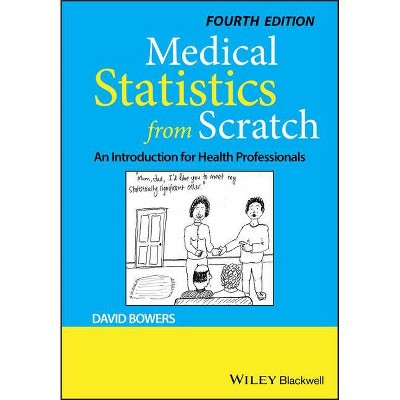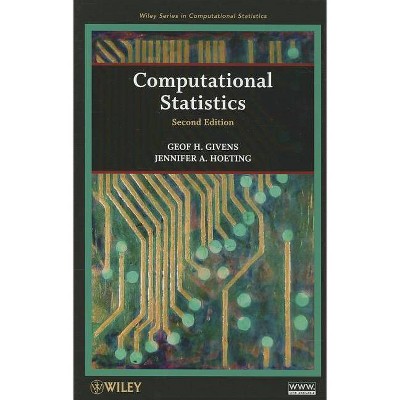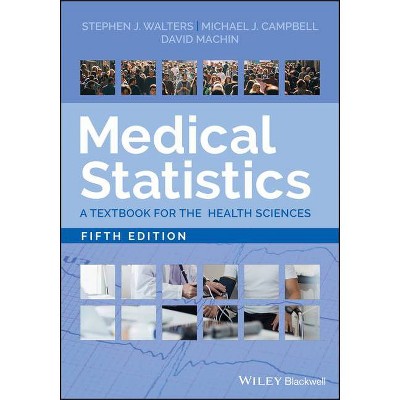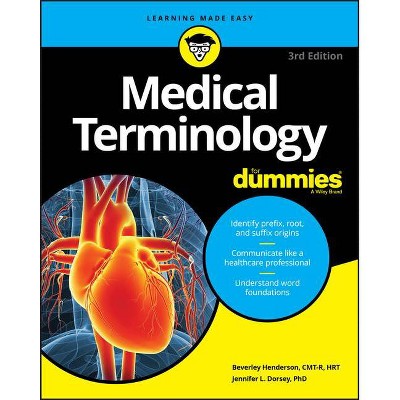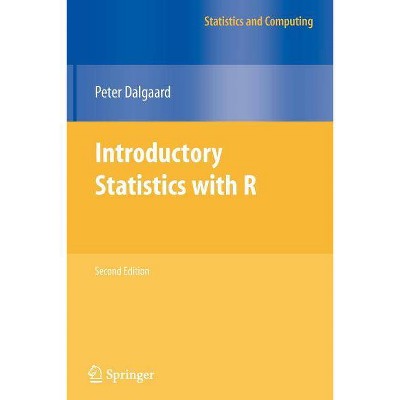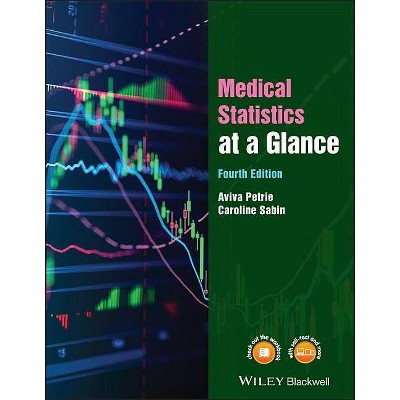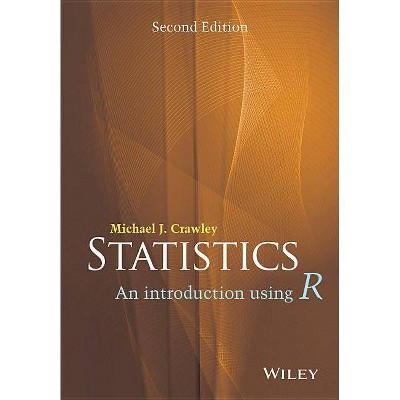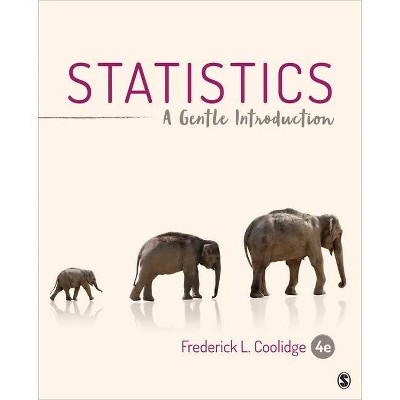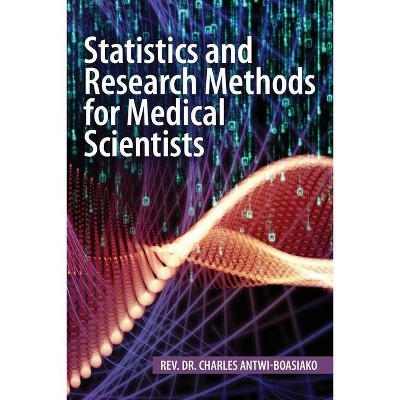Medical Statistics - 2nd Edition by Belinda Barton & Jennifer Peat (Paperback)
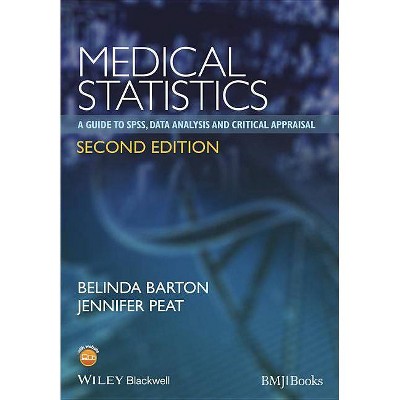
Similar Products
Products of same category from the store
AllProduct info
<p/><br></br><p><b> About the Book </b></p></br></br>Author's names reversed on the first edition.<p/><br></br><p><b> Book Synopsis </b></p></br></br><p><i>Medical Statistics </i>provides the necessary statistical tools to enable researchers to undertake and understand evidence-based clinical research.</p> <p>It is a practical guide to conducting statistical research and interpreting statistics in the context of how the participants were recruited, how the study was designed, what types of variables were used, what effect size was found, and what the <i>P</i> values mean. It guides researchers through the process of selecting the correct statistics and show how to best report results for presentation and publication.</p> <p>Clear and concise explanations, combined with plenty of examples and tabulated explanations are based on the authors' popular medical statistics courses.</p> <p>The table of contents is divided into sections according to whether data are continuous or categorical in nature as this distinction is fundamental to selecting the correct statistics. Each chapter provides a clear step-by-step guide to each statistical test with practical instructions on how to generate and interpret the numbers, and present the results as scientific tables or graphs. The chapters conclude with critical appraisal guidelines to help researchers review the reporting of results from each type of statistical test.</p> <p>This new edition includes a new chapter on repeated measures and mixed models and a helpful glossary of terms provides an easy reference that applies to all chapters.</p><p/><br></br><p><b> From the Back Cover </b></p></br></br><p><b>Medical Statistics </b>provides you with the essential knowledge and skills to undertake and understand evidence-based clinical research. This book is invaluable for researchers and clinicians engaged in a wide range of research studies. A practical, comprehensive, stepby-step guide is provided - from study design, required sample size, selecting the correct statistical test, checking test assumptions, conducting and interpreting statistics, interpretation of effect sizes and P values, to how best report results for presentation and publication.</p> <p>The SPSS commands for methods of statistical analyses frequently conducted in the health care literature are included such, as t-tests, ANOVA, regression, survival analysis, diagnostic and risk statistics etc. In addition, the most relevant corresponding output and interpretation is presented, with clear and concise explanations. Each chapter includes worked research examples with real data sets that can be downloaded. Critical appraisal checklists are also included to help researchers systemically evaluate the results of studies. This new edition includes a new chapter on longitudinal data that includes both a repeated measures and mixed models approach. Furthermore, all commands and output have been updated to IBM Statistics SPSS version 21 and SigmaPlot version 12.5.<br /><br />Data sets for this book can be downloaded from<br />www.wiley.com/go/barton/medicalstatistics2e</p><p/><br></br><p><b> About the Author </b></p></br></br><p><strong>Belinda Barton</strong>, Head and Psychologist, Children's Hospital Education Research Institute (CHERI), Conjoint Senior Lecturer, Sydney Medical School, University of Sydney, NSW Australia. <p><strong>Jennifer Peat</strong>, Associate Professor, Department of Paediatrics and Child Health and Senior Hospital Statistician, Clinical Epidemiology Unit, Children's Hospital, Westmead, NSW Australia.
Price History
Price Archive shows prices from various stores, lets you see history and find the cheapest. There is no actual sale on the website. For all support, inquiry and suggestion messages communication@pricearchive.us
